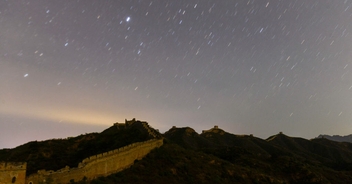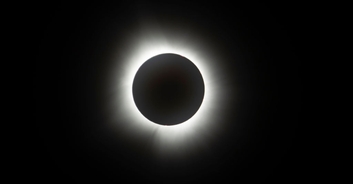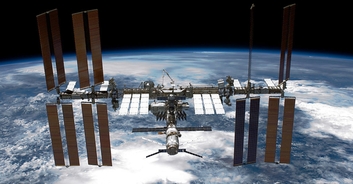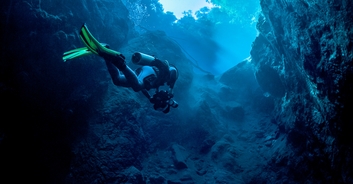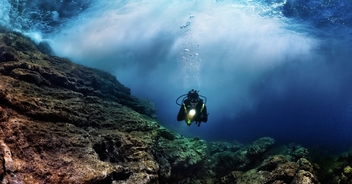Black Lives Matter have championed black civil rights in an era where we seem to be regressing to the brutality and intolerance of the past. To a large extent, social media has shed light on US police departments’ racial profiling, distrust and unlawful killing of young, black men.
A rift between the police and the black community has opened up - creating fear and suspicion on an unprecedented scale. However, while Black Lives Matter (BLM) are rallying for support and solidarity, the police are using the campaign’s most powerful tool against them.

Last month, in Memphis, Tennessee, a judge issued a 35-page order which confirmed that Memphis police had violated a 1978 agreement which forbade spying on protesters. But this wasn’t one bad judgement call or an afternoon following a person of interest. For two years, they conducted an undercover operation including social media monitoring using fake accounts.
According to the American Civil Liberties Union (ACLU) of Tennessee, police targeted individuals at protests if their surveillance had led them to believe they were prominent figures in BLM. The ACLU also states that they had a blacklist of protesters.

Using one fake account which was disguised as “Bob Smith”, police made a number of posts including one about 1960s author Saul Alinsky - a radical liberal and conservative hate figure. Details of those who interacted with the posts were noted down and these people were then given priority for arrest at BLM protests.
In Chicago, police stand accused of tracking the phone of Jerry Boyle, a volunteer for the National Lawyers Guild, during a Martin Luther King Jr. Day rally in 2015. His lawyers Loevy & Loevy specialise in bringing cases against the police. While many other activists believe they have had their phones tracked, Loevy & Loevy argue that Chicago police have a range of tracking systems they may be using on any one protester.

One of these tools is Stingray technology - which intercepts a phone’s signal by imitating a phone tower. Also referred to as a cellphone interceptor, Chicago police acknowledge that they have used this technology for the past decade.
Meanwhile in New York City, a Freedom of Information Act request has revealed that police have infiltrated BLM by sending undercover personnel to protests. They also posed as activists online and were part of group texts and email threads with as few as seven or eight people.

Upstate in Clarkstown, a city with fewer than 100,000 people, police have infiltrated BLM activist groups throughout 2015. A 2017 lawsuit alleged that the city’s Strategic Intelligence Unit, which was set up by the local District Attorney's office, was tracking BLM members’ online activity. The unit was told to stop its investigation yet, allegedly, it has continued to harvest information from BLM activists.
Clarkstown police used “geofencing” technology to track people of interest on Twitter. Originally intended to deliver targeted advertising, police instead used the technology to monitor activists’ feeds. Geofeedia is a geofencing company currently embroiled in the case. According to the ACLU, they have mentioned BLM when they pitch to law enforcement.

An internal report confirmed at least six instances of geofencing by police. In 2016, Clarkstown Police Chief Michael Sullivan was suspended, in part, for his involvement in surveilling BLM activists.
In Asheville, North Carolina - a similarly small city - an investigation conducted by newspaper the Asheville Citizen-Times found that Police Chief Tammy Hooper authorised the monitoring of Black Lives Matter and Showing Up for Racial Justice (SURJ).

The recent movie Black KKKlansman is a stark reminder of the social injustice in America's recent past. This includes the FBI's undercover operations investigating the black civil rights movement - which many would argue is an indelible mark on the organisation's history.
However, in a beautifully circular fashion, the FBI have also been accused of spying on BLM. A 2016 Freedom of Information Act request forced the FBI to release 18 hours of footage of BLM protests taken from a spy plane. Former FBI director James Comey admitted that the same technology was used in Ferguson.

The Intercept reported that the FBI had used informants and stakeouts - both of activists' homes and vehicles - and tracked an activist as he flew from New York to Ferguson. Furthermore, it is alleged that the Department of Homeland Security monitored activists across a multitude of social media platforms - even listening in as a vigil commemorating Michael Brown’s death was organised.
Following the 2013 bombshell - provided by Edward Snowden - that the National Security Agency was in fact spying on US citizens, it seems that there is a begrudging acceptance that the authorities are collecting data on us. However, directly targeting an equal rights movement and actively arresting those most heavily involved is, undeniably, dragging us back to the despotism of the past.
Wherever possible, VT has contacted the press offices of the police departments involved.







